I've read this thread which claims with reference to msdn with idea that async/await doesn't create new threads. Please look at following code:
static class Program
{
static void Main(string[] args)
{
var task = SlowThreadAsync();
for(int i = 0; i < 5; i++)
{
Console.WriteLine(i * i);
}
Console.WriteLine("Slow thread result {0}", task.Result);
Console.WriteLine("Main finished on thread {0}", Thread.CurrentThread.ManagedThreadId);
Console.ReadKey();
}
static async Task<int> SlowThreadAsync()
{
Console.WriteLine("SlowThreadAsync started on thread {0}", Thread.CurrentThread.ManagedThreadId);
await Task.Delay(2000);
Console.WriteLine("SlowThreadAsync completed on thread {0}", Thread.CurrentThread.ManagedThreadId);
return 3443;
}
}
As result of this code I got different ThreadId. Why the same thread gets different ThreadId?
